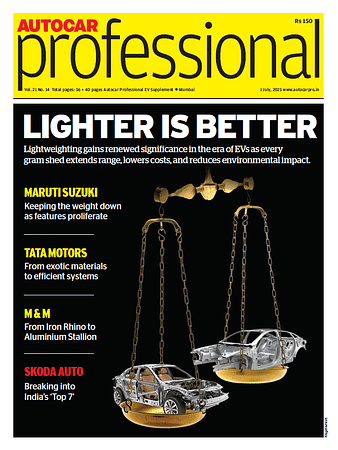EV Insurance Demand Grows 16-Fold in Three Years, Driven by Urban Markets
Data from Policybazaar shows a significant rise in EV insurance adoption, with urban centers leading demand. EV car insurance policies have steadily increased, while two-wheeler policies are doubling annually, reflecting broader market trends and consumer awareness.
The demand for electric vehicle (EV) insurance in India has grown significantly over the past three years, with a 16-fold increase in policy purchases, according to data from Policybazaar. The surge reflects a rise in EV adoption and greater awareness of insurance coverage among consumers.
The share of EV car insurance policies has expanded notably. In FY23, EVs accounted for only 0.50% of total car insurance policies, which rose to 3.50% in FY24 and further increased to 8.2% in FY25. March 2025 saw a peak of 14%, indicating a stronger preference for insurance among EV owners.
Insurance policy purchases for two-wheeler EVs have been increasing steadily, with policy bookings doubling year over year. Among insured two-wheelers under five years of age, 7-8% of the bookings in the last quarter were for EVs. The number of policies issued has risen from 10,000 last year to 20,000 this year. Scooters continue to dominate the segment, accounting for nearly 99% of insured EV two-wheelers.
Metro cities are leading the demand for EV insurance, with the top five cities contributing 55% of total policies. Delhi-NCR accounts for 18.3% of purchases, followed by Bangalore at 16.0%, Pune at 7.6%, Chennai at 6.7%, and Mumbai-Thane at 6.4%. Tier 1 cities collectively account for 58% of policies, followed by Tier 2 at 30% and Tier 3 at 12%, highlighting the concentration of EV adoption in urban markets.
EV owners are increasingly opting for add-on coverage to enhance protection. For EV cars, popular add-ons include Zero Depreciation, Roadside Assistance, Battery Cover, Key and Lock Replacement, Consumables, Invoice Price Protection, and Tyre Protection. For two-wheeler EVs, Battery Protector and Charger Cover are preferred options, along with standard add-ons such as Zero Depreciation, Roadside Assistance, and Return to Invoice.
EVs, particularly two-wheelers, have a higher claim frequency than internal combustion engine (ICE) vehicles. The most common claims are related to battery theft, which accounts for 50-60% of an EV’s value, and fire incidents caused by overheating during charging. Given the high cost of EV components, particularly batteries, claim severity and repair expenses remain significant concerns for insurers.
RELATED ARTICLES
Govt to Release PM E-Drive Subsidy Guidelines for Electric Ambulances by Year-End
Electric ambulances have been included for demand incentives under the PM E-Drive scheme. Only one electric model made b...
Mercedes-Benz India Sees Flat-to-Single-Digit Growth in 2025: MD Iyer
Managing Director Santosh Iyer expects a high base, price hikes, and geopolitical uncertainty to weigh on the second hal...
Mercedes-Benz India Begins FY26 with Highest-Ever Q1 Sales
The launch of the GLS AMG Line adds to Mercedes-Benz’s SUV offerings and aligns with its broader strategy to strengthen ...





 By Sarthak Mahajan
By Sarthak Mahajan
 21 Mar 2025
21 Mar 2025
 1959 Views
1959 Views





 Kiran Murali
Kiran Murali



 Darshan Nakhwa
Darshan Nakhwa

